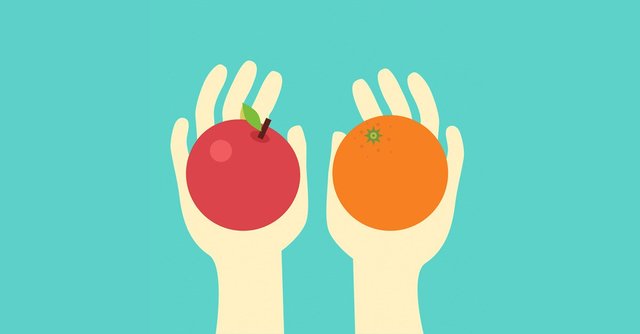In The Case of Making A Choice

Imagine this scenario. In front of you, there are two items A and B. You are told to make a choice. How many choices are there in front of you?
The most common immediate response I’ve heard all these years are two, A or B. Upon some thoughts, most will come back with three; A or B or both. This is followed immediately by four choices; A or B or both or neither.
What is interesting is not the fact that the choices increase over time. What is interesting is the immediate response. What can we learn from this? Well, for one, this is an indication how our mind is lazy. It usually only chooses the obvious because it is the safest of choices; there is no risk in the obvious, the common, the predictable and the mundane. The mind doesn’t have to pause and think. That is way too time-consuming and might produce an uncommon situation that might put us in danger. This goes against what our mind is designed to do; to keep us safe. The other choices are not part of the protocol the mind is built with. This is also the protocol that has made us believe we are not creative (outside the norm), need to conform and follow the true and tested.
The other interesting perspective about choice is the fact that we choose based on two very distinct protocol.
The first protocol is what I call Situational Focus. This protocol makes us choose based on what I don’t want to happen to me or what will I lose if I choose. This is the most common protocol we use because it evaluates the risk and increases the safety quotient. This protocol is the most obvious, ‘predicts’ risk to increase safety & security and doesn’t expose the human to the unknown. The mind is unwilling to pay the unknown prices that might come. It is for all this that the mind loves it and makes it the default protocol. The downside to this protocol is that the choices made have an aftertaste of compromising or making do. It is safe and generates rather low energy. Often, this protocol produces a victim mindset (victim point-of-view) because the human feels it is not the choice that he or she really wants but rather a compromise.
The second protocol is not as common as the first protocol and I call this Future Focus. This protocol makes us choose based on what you desire or what you can gain rather than what you might lose. It is indeed an opposite protocol from the first one. It allows the human to take a risk and to be responsible for overcoming unseen challenges that might come. This protocol has taken into consideration that risk will be there and will be overcome. The protocol generates high energy and a lot of uncertainty, therefore, it also generates fear and excitement too; excited of the what the unknown will throw in. Within this protocol, the human has decided to take responsibility.
The first protocol looks at the external factors while the second protocol looks at the internal factors. These two factors are also choices the mind makes.
There is also the question of choice (pilihan) and choosing (memilih) – making a choice.
The question is do we choose first than be a victim or because we are already a victim that is why we choose what will emphasize our victim-ness.
People become a victim of the challenges they face.
In regards to regret, we only regret something based on what we know now and not what we know then. This is because, if I know the now back then, I would choose differently.!
Nice words and thougths :)
Txs Claire. Appreciate your comment.
Congratulations @juara! You have received a personal award!
Click on the badge to view your Board of Honor.
Do not miss the last post from @steemitboard:
Congratulations @juara! You received a personal award!
You can view your badges on your Steem Board and compare to others on the Steem Ranking
Vote for @Steemitboard as a witness to get one more award and increased upvotes!